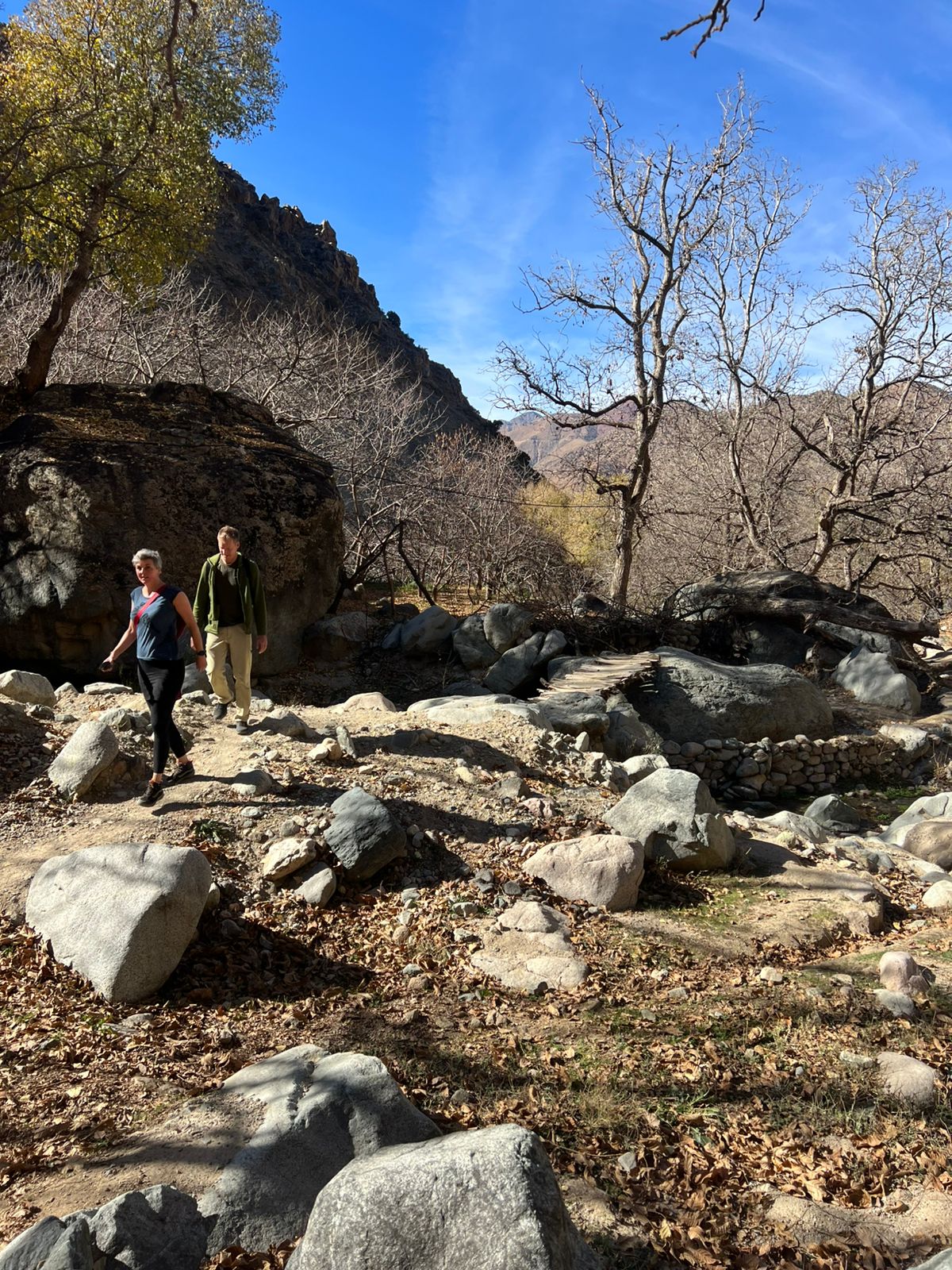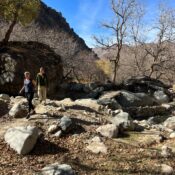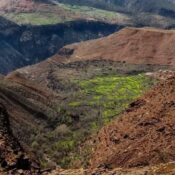
The History of Ourika Valley: A Journey Through Time
The Ourika Valley, a lush and tranquil retreat at the foothills of Morocco’s Atlas Mountains, holds a rich history that reflects the cultural and natural evolution of the region. Beyond its stunning landscapes and vibrant Berber communities, the valley tells a story of resilience, adaptation, and the enduring connection between people and the land.
1. Early Inhabitants and Berber Roots
The Ourika Valley has been inhabited for centuries by the Berbers, the indigenous people of North Africa. Known for their deep connection to the land, the Berbers have shaped the valley into a thriving agricultural hub through terrace farming, irrigation channels, and the cultivation of crops suited to the mountain climate. These techniques, passed down through generations, remain integral to the valley’s livelihood.
2. A Strategic Location
Historically, the Ourika Valley’s location made it a vital passageway between the bustling city of Marrakech and the remote highlands of the Atlas Mountains. This strategic position allowed the valley to serve as a crossroads for trade and cultural exchange, influencing its development and enriching its communities with diverse traditions.
3. Spiritual Significance
The Ourika Valley holds spiritual importance, particularly for the Berber communities. Ancient shrines and marabouts (holy sites) dot the landscape, reflecting the region’s deep-rooted connection to Sufi traditions. These sites often attract pilgrims seeking blessings or solace, contributing to the valley’s spiritual identity.
4. The Impact of Islamic Dynasties
During the rise of Islamic dynasties in Morocco, the Ourika Valley became part of larger networks that shaped the region’s architecture, culture, and governance. While the valley maintained its distinct Berber character, it also absorbed influences from surrounding areas, evident in its mosques, homes, and communal practices.
5. The Legacy of Agriculture
The valley’s history is deeply tied to its agricultural heritage. Over centuries, the Berbers developed ingenious methods to make the most of the valley’s natural resources. The Ourika River, which courses through the valley, provided a lifeline for irrigation, enabling the cultivation of olives, almonds, saffron, and other crops. These practices not only sustained local communities but also contributed to the valley’s economy.
6. The Colonial Era and Modernization
During the French colonial period in the early 20th century, the Ourika Valley witnessed infrastructural developments such as improved roads and irrigation systems. These changes opened the valley to more visitors and strengthened its ties to urban centers like Marrakech. While modernization brought new opportunities, the valley’s inhabitants worked to preserve their traditions and way of life.
7. Ourika in the Modern Era
Today, the Ourika Valley is a testament to the harmonious coexistence of tradition and modernity. While tourism has introduced new dynamics, the valley remains rooted in its historical and cultural identity. Visitors can experience this history firsthand through its architecture, agricultural landscapes, and interactions with the Berber people who continue to honor their ancestral heritage.
Preserving Ourika’s Legacy
Efforts are underway to preserve the valley’s historical and cultural treasures. Sustainable tourism initiatives, heritage conservation projects, and educational programs aim to protect the unique legacy of the Ourika Valley for future generations.
The Ourika Valley is not just a scenic retreat but also a living archive of Morocco’s history. Its ancient traditions, spiritual landmarks, and agricultural innovations offer a window into the resilience and creativity of its people. By exploring its past, visitors gain a deeper appreciation for the valley’s enduring charm and its pivotal role in shaping the region’s identity.



